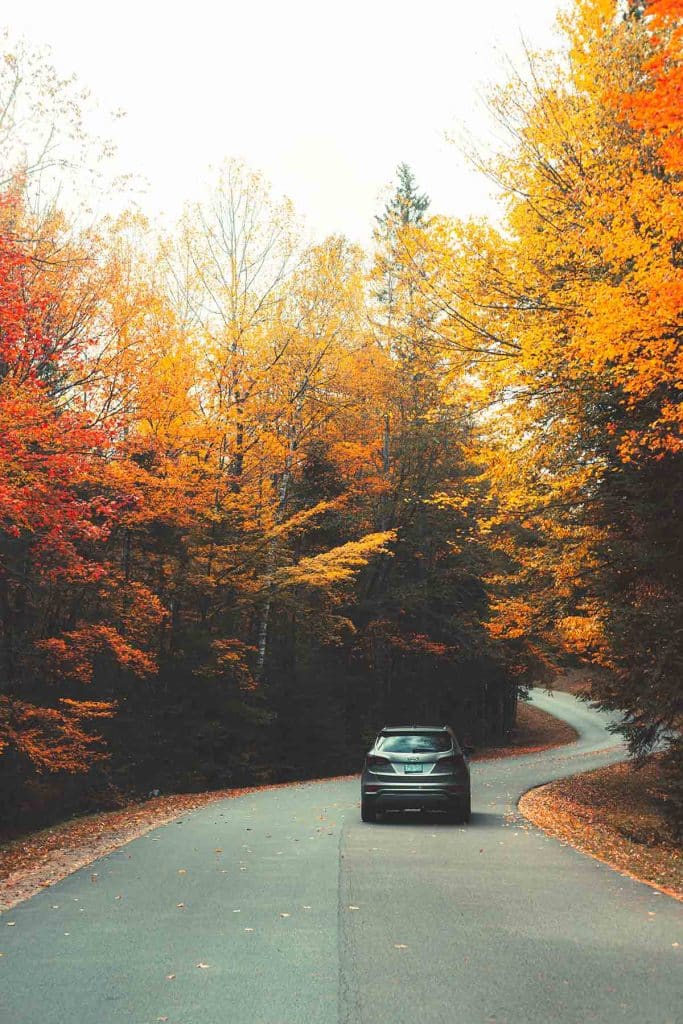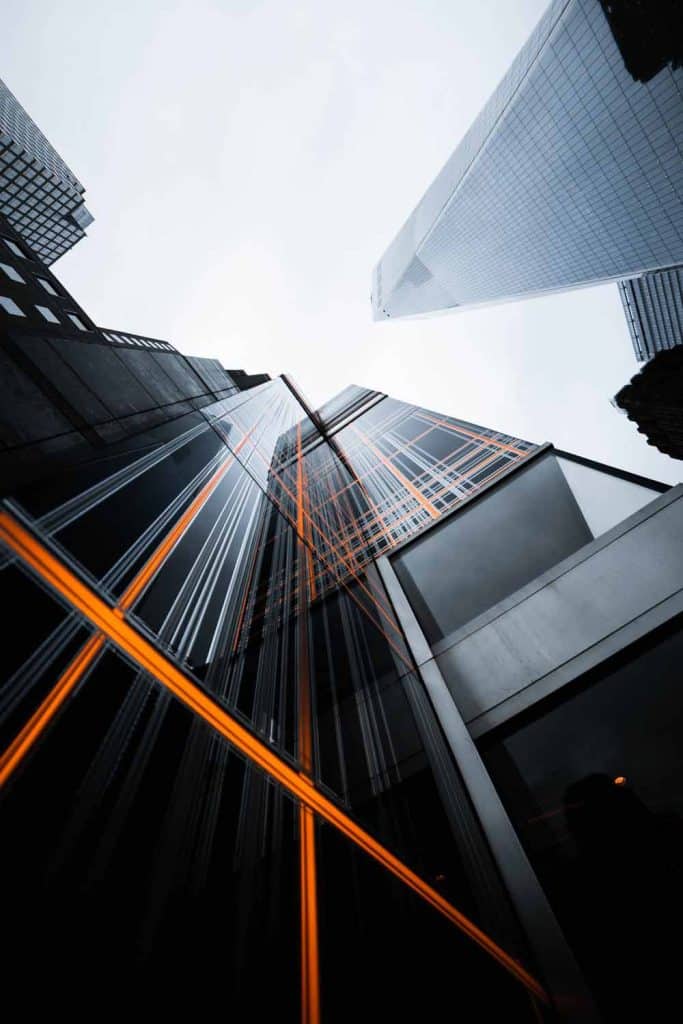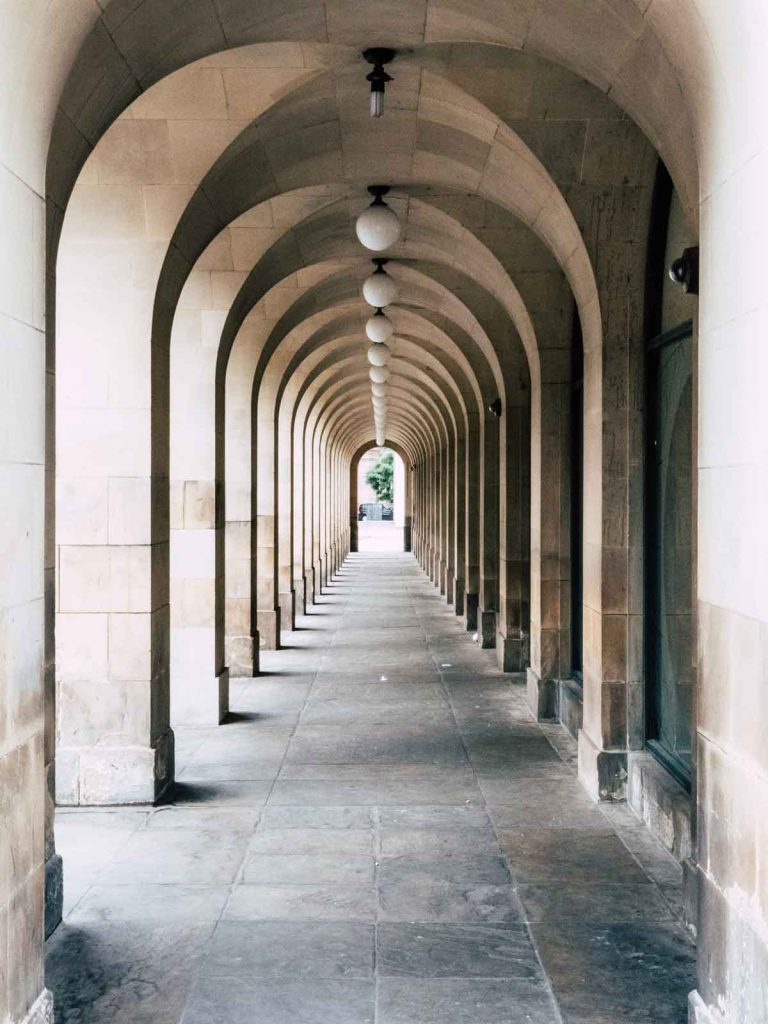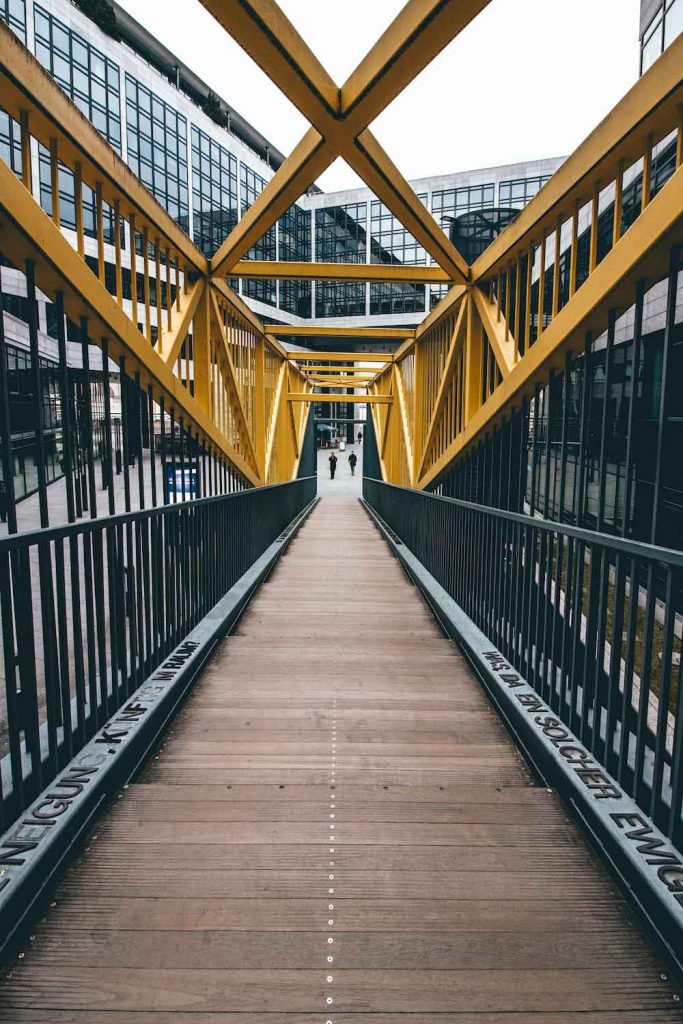Photography is a skill, and these days, everyone has access to this medium. All one needs is a camera; it can be a mobile camera too. There are resources available online, and anyone can learn the basics of photography. One of the core tricks of good photography is knowing how to use the leading lines in photo composition.
This compositional technique can increase the quality of an image so easily. If one knows and masters the skill of applying leading lines in images, his/her photography will step up gradually. There are various kinds of leading lines that one can use in images. The better the use of these lines, the better the photography.
What you’ll learn in this article
What are the Leading Lines in Photography?
The leading line is a compositional style that leads the viewers throughout the image. Leading lines can be man-made or natural. Both are commonly used in all kinds of photography. Leading lines usually direct the viewers to be more engaged with the image.
Leading lines are everywhere around us. Roads or paths are very common leading lines. Apart from that, buildings, poles, trees, shadows, train lines, etc. can work as leading lines. Sometimes even the line of clouds becomes a line. In camera, many things that are not seen as a line can become a line.
What are the Differences Between Leading Lines and Visuals Paths
Though many use the terms leading lines and visual paths interchangeably, these are two different things. Leading lines lead the viewer throughout the image. On the other hand, visual paths create a journey for the viewers. These two features are different in their features and functions.
Leading lines are actual lines that are visible in the image. These lines are used in a creative way to lead the viewer from one point to another. By creating different moods, leading lines also convey meaning. More or less, it’s all about the presence of lines in an image.
On the other hand, visual paths don’t demand lines. Visual paths can be created with shape, light, shadow, pattern, or even with subjects. This takes the viewers from one subject to another and creates a journey through the image. But this is not a must. The visual paths can just be a structure that makes the composition more appealing.
Why are Leading Lines Important in Photography
The leading line is a very important element of photography. Not just as a visual element, it has many other aspects. Leading lines, if used wisely, can take photography to the next level, and only by using leading lines can one create great compositions. Check here why you should use leading lines in photography –
- Convey meaning
Leading lines convey certain kinds of meaning. The meaning that is created by a diagonal line is different from the meaning of a horizontal line. The meaning varies even by placing lines in different positions. The sense or a certain feeling that one gets from an image often comes from the leading lines.
- Lead the viewer
As the name says, leading lines lead the viewers. By looking at the image, one understands where s/he should look. The eyes will automatically travel through the image if the photographer knows how to lead the viewer. This is vital to make the viewer understand the image.
- More engagement
Leading lines are unbeatable in engaging viewers with the image. By creating meaning, by giving direction, leading lines create communication between the photographer and the viewer. This increases the possibility of spending more time with an image because the viewer finds more elements in the image to look at and try to understand the depth of the image.
- Create flow
Leading lines also create a flow in the image. The line merges with the image and creates a flow. The viewer travels with the flow, and that makes the photograph an experience rather than just a visual. Again, this makes the image more engaging than a flat photo.
- Dimension
Leading lines create dimensions by giving information about the location. A line can give information about the distance between the subject and the background, the size of the subject, or the angle of the view. This can make a flat photo look like 3D. Dimension is like the spice of an image.
What are the Different Types of Leading Lines in Photography?
There are different types of leading lines in photography. These lines not only lead the viewers but also, different lines create different meanings. One can create a certain feeling or give a certain essence through leading lines. Check here the list of leading lines you can use in photography –
1. Horizontal Lines

Horizontal lines are the most common type of line, which is straight and simple. Horizontal lines are best to give a sense of calmness, peace and serenity. This often goes with a quiet image. In photography, horizontal lines can be created anywhere from train lines to paddy fields to small towns. You just need to observe the area properly.
2. Vertical Lines

Vertical lines are kind of different from horizontal lines. They create different meanings and essences. Vertical lines represent a sense of power, hierarchy, or domination. Depending on the image, vertical lines create a feeling of force. Oftentimes, high-rise buildings, big trees, or poles are presented as vertical leading lines in photography.
3. Diagonal Lines

Diagonal lines refer to change or movement. These lines show shifts. Diagonal leading lines can be from left to right or from right to left. These lines are also easy to find in our surroundings; from zebra crossings to tree lines, you can find them anywhere.
Also, these can be created by moving the camera a bit. Diagonal lines from up to down are more at ease than the ones from down to up, which creates more tension.
4. Converging Lines

When two lines meet at a point (to the edge, specifically), that creates converging lines. Converging lines work as a strong element in an image. The converging lines lead the viewer’s eyes to a certain point which is very suitable to place the subject. There can be more than one converging line in one image. These lines sometimes create poetic images.
5. Intersecting Leading Lines

As you all know, intersecting lines mean two lines crossing each other. The difference between converging lines and intersecting lines is converging lines meet at a point, and intersecting lines cross each other. One needs to be very careful while using intersecting lines in photography. Because if used in an odd place, the meaning of the image can be changed.
6. Implied Leading Lines

Implied lines are those which are not present in the image. These lines are rather created with the elements that are present in the image. One viewer’s eyes often visit from one point to another point in an image. This travel of the eyes often creates implied lines. These lines are not necessarily visible in the image, but they still exist there.
Tips for Using Leading Lines in Photo Composition
To use leading lines in photography, one needs to visualize the image first and determine how s/he wants to use the leading lines. Though it’s a matter of practice, some tricks can be followed to use leading lines creatively and meaningfully. Here are some tips for using leading lines in photography –
1. Evaluate location and time of day
Before starting shooting, you need to have a proper idea of the place. The elements and structures there can be used as important elements. Keep in mind when you’re gonna shoot and what kind of sunlight you’ll get at that time. Depending on the time of the day, light & shadow can be used to create leading lines.
2. Notice any natural lines
While shooting, try to find if there is any kind of natural line. You’ll find it if you look from a distance. The natural lines can be a row of trees, a walking path, or even a water line. Try to use the line in a unique way. Sometimes, you won’t be able to see the line properly, but in photos, you can make it visible.
3. Look for leading lines in arrows
You’ll have to look everywhere to find leading lines. One of the main sources is arrows. Arrows already have a direction. So, if you find any arrows, keep them in the frame in a way that there remains some space in front of the arrow. It means keeping things to look at in front of the arrow so that it leads the viewer to the subject.
4. Focal Point
The focal point is a great weapon to keep the viewer’s attention to a certain place. It’s up to you where you want your viewer to focus. By using leading lines, take the viewer to a point that naturally grabs the attention of the viewer. This will give you the power to control your viewers. So, by using the leading lines, you can decide what your viewer will look at.
5. Look for positioning leading lines
You can change the lines by positioning it in a different way. This can also be used to change the meaning of an image. A straight line can become a diagonal line if you just change the camera position. On the other hand, taking the shot from a high angle or low angle also shifts the mood of the image. So, move your camera to create a stunning image.
6. Lighting Condition
Lighting condition is an important element in photography. As images are created with light and shadow, this feature can be used in many different ways. Hard light creates hard shadows, and with hard shadows, one can create lines with shadows as well as with lights. Have a good idea of the natural and artificial light so that you can make the best use of it.
7. Use Your Lines To Create Depth
Leading lines are often used to create depth. You can apply this in your images too. Try to shoot in a way where the leading lines create a certain meaning. This can be showing distance or placing the subject in a way that creates dimensions. Suppose placing a natural leading line in a flat image will show the distance and depth of the area.
8. Take multiple shots
No matter how expert you are, taking multiple shots is the basis of photography. You should always work on your image. Only by taking multiple shots, can you understand which one is working and which one is not. Also, in this way, you’ll find more and more lines in your image.
FAQs
What is the rule of leading lines?
The rule of leading lines is to compose the photo in a way so that it makes sense or creates meaning. It may vary depending on the type of line and the composition.
Why would you want to use leading lines in your images?
Using leading lines creates a strong composition. With this technique, you can convey messages that can not be expressed with any other elements.
What is the leading line in art?
In art, the leading line is similar to the meaning it creates in other genres. But in art, leading lines are used in a more abstract way.
How do you describe lines in photography?
Lines can be described differently depending on their use of them in an image. But mostly, lines create different types of emotions that flow through the viewers.
How do you get leading lines in photography?
To get leading lines in photography, one needs to assess the shooting spot, light condition and other elements. Leading lines are everywhere around us. One just needs to find it out.
How do you draw a leading line?
In photography, you can draw a leading line with roads, rail lines, houses, buildings, trees, rivers, mountains or even with living subjects.
Final Verdict
It takes time to master photography. One can not expect to know all the techniques and apply them to their photos immediately. You may know all the rules, tricks, and tips. But the only way to master it is to shoot. The more you practice, the better you’ll implement the leading lines in your photos.

